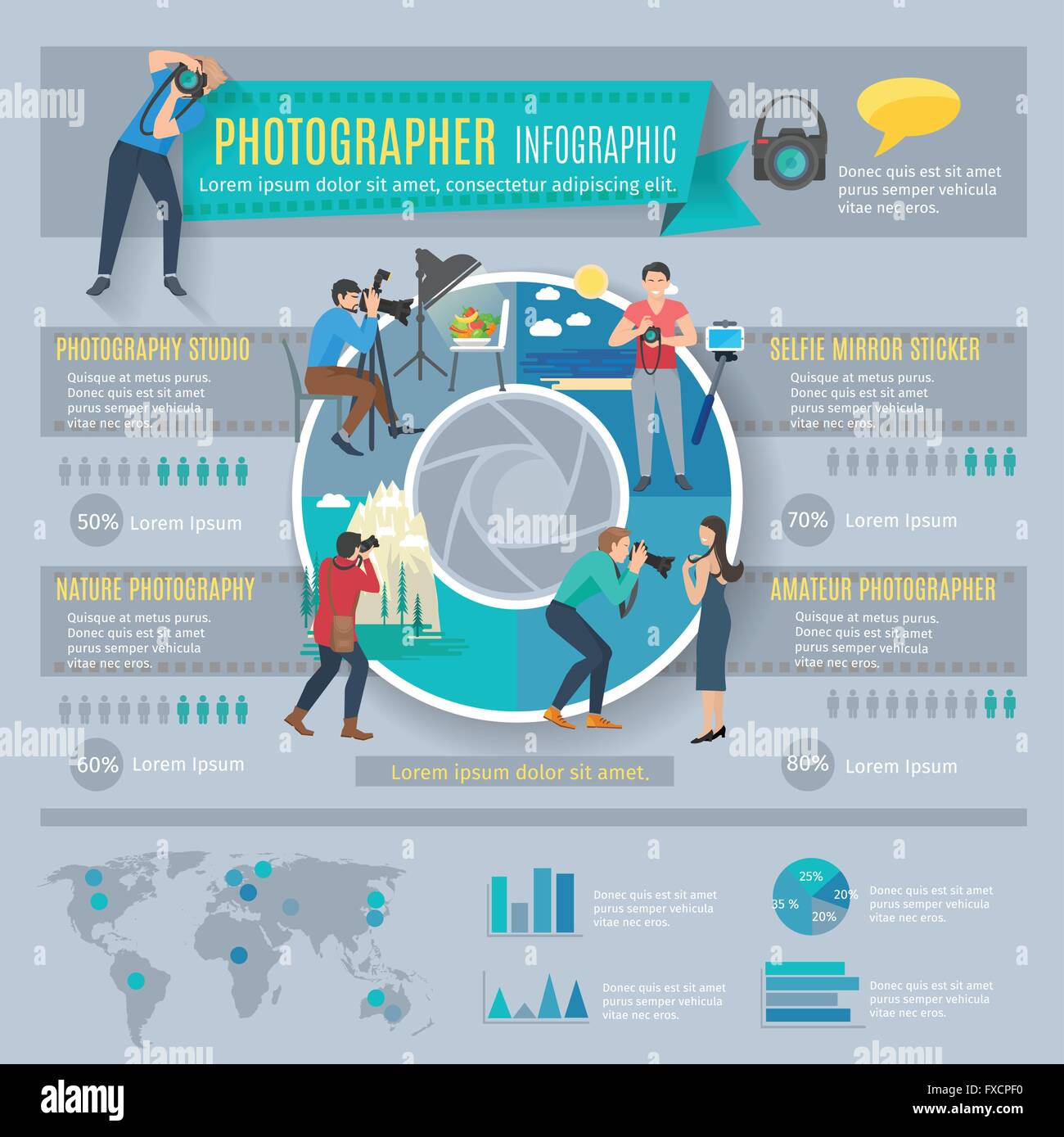Change Your Photography By Grasping Lighting Methods That Can Raise Your Photos-- Discover The Typical Mistakes That Could Be Holding You Back
Change Your Photography By Grasping Lighting Methods That Can Raise Your Photos-- Discover The Typical Mistakes That Could Be Holding You Back
Blog Article
Content Writer-Gillespie Fraser
As a professional photographer, you recognize that lighting can make or break your images. Recognizing the nuances of both all-natural and synthetic light is necessary for capturing the state of mind and quality you aim for in your job. Whether you're chasing after the excellent golden hour glow or adjust your man-made setups, understanding these components can elevate your digital photography dramatically. But there prevail risks that several forget, and identifying them can transform your technique to every shoot. Let's explore what you might be missing and just how it can impact your outcomes.
Comprehending All-natural Light
Understanding all-natural light is vital for any kind of photographer wanting to improve their work. It's the structure of excellent photography, affecting state of mind, tone, and clarity. When you shoot outdoors, take note of the time of day. The gold hour-- soon after sunrise and before sunset-- supplies soft, cozy light that can change regular scenes into stunning images.
Do not underestimate the power of cloudy days. Cloud cover diffuses sunlight, producing a soft, also light that's best for pictures and macro digital photography. You'll find shades appear this kind of lighting without severe shadows.
Placing https://zenwriting.net/lanie8600norris/comparing-popular-cameras-which-one-is-ideal-for-you , also. Always consider your subject's orientation to the light source. If the sun's behind your subject, you may wind up with a shape, which can be dramatic yet mightn't be what you want. On the other hand, straight sunshine can produce unflattering darkness.
Explore angles; sometimes, changing your perspective can yield impressive results. Use natural reflectors, like water or sand, to bounce light onto your subject, adding measurement.
Mastering Artificial Light
Mastering fabricated light is crucial for photographers that want to take their abilities to the next degree. Whether you're utilizing speedlights, studio strobes, or constant lights, recognizing just how to manipulate these sources can substantially enhance your images.
Begin by familiarizing yourself with the essentials of light high quality, instructions, and shade temperature level. Experiment with various modifiers like softboxes, umbrellas, or grids to manage the softness or violence of the light.
You'll discover that soft light usually develops lovely results, while harsher light can include dramatization and deepness. Don't shy away from darkness; they can enhance the three-dimensionality of your subjects.
Pay attention to the placement of your lights. A light positioned as well close to your topic can create unflattering results, while too away can lead to an absence of detail. Make use of a light meter or your cam's pie chart to guarantee you're revealing properly.
Last but not least, keep in mind that synthetic light can be mixed with ambient light for imaginative results. Stabilizing these sources might take practice, once you grasp it, your digital photography will truly shine.
Methods for Various Circumstances
When you enter various shooting situations, adapting your lights methods is important for capturing the very best pictures. For exterior portraits, use the golden hour-- early morning or late afternoon light-- to soften shadows and improve skin tones.
If it's a rough lunchtime sunlight, think about using a reflector to bounce light back onto your subject or seek shaded areas for a much more even direct exposure.
In low-light situations, like indoor occasions, enhance your ISO and utilize a wide aperture to allow in more light. A tripod can help remove electronic camera shake, enabling longer direct exposures without blurring.
If you're contending evening, try out off-camera flash to produce vibrant lighting and depth in your images.
For Studio Photo , use diffused illumination to stay clear of severe representations. Softboxes or light tents can aid achieve this result.
When photographing landscapes, consider the direction of light and time of day, as it can significantly transform the state of mind of your shot.
Constantly be ready to readjust your settings and positioning based on the circumstance, as flexibility is key to understanding lights in photography.
Conclusion
In conclusion, mastering lights is vital to raising your photography skills. Welcome all-natural light's beauty throughout gold hour, and don't avoid explore synthetic light methods. By adjusting your strategy to various scenarios, you'll capture stunning pictures that resonate with feeling and quality. Keep in mind, the right illumination can change a regular shot into something extraordinary, so maintain exercising and refining your understanding of both natural and fabricated light. Satisfied capturing!
